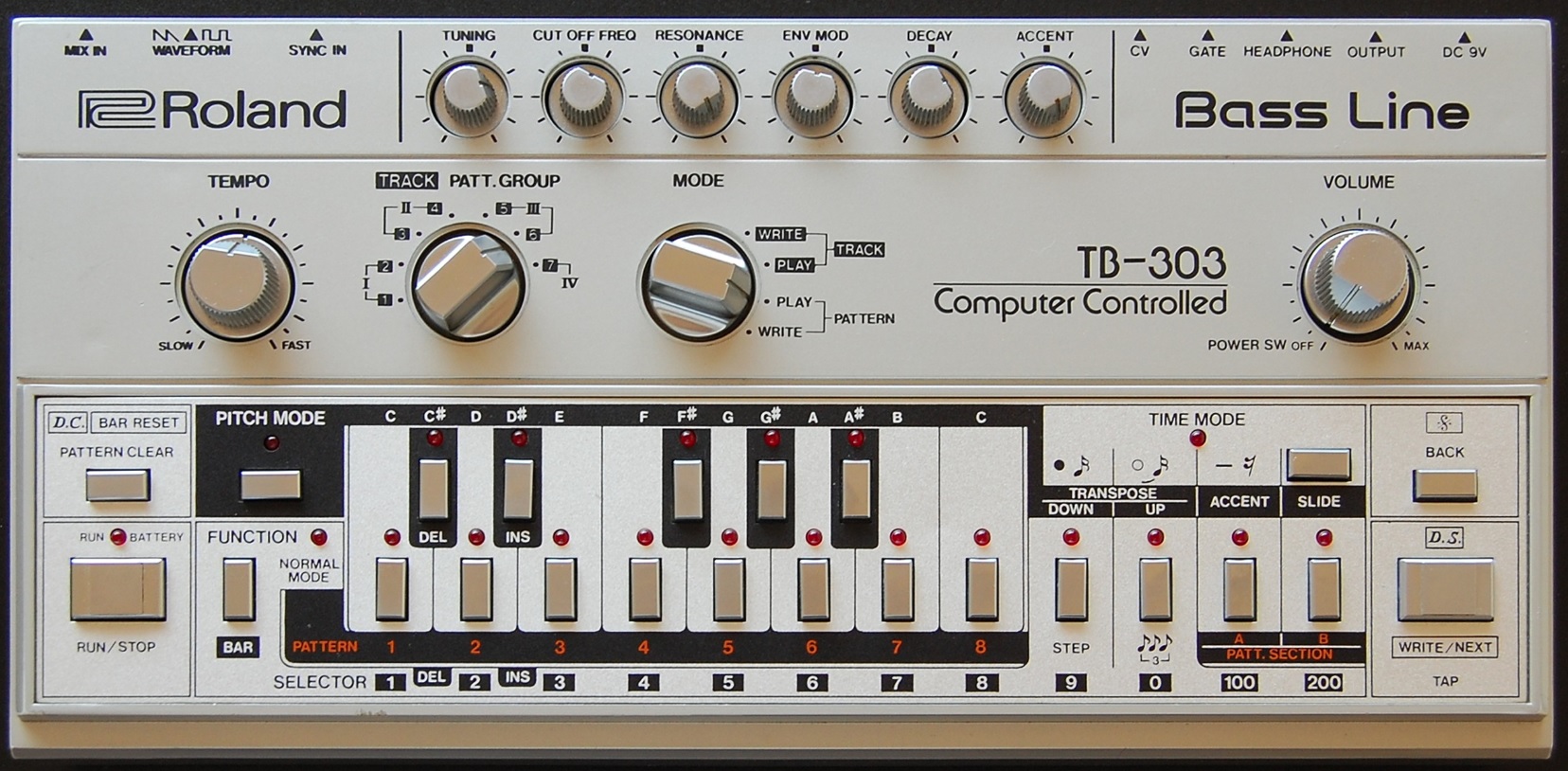Having been born around the turn to the 21st century, I have grown accustomed to the omnipresence of technology in my upbringing. I can recall some early experiences with technology, like the switch from a map to a GPS system when going on family vacations, learning english not through books but by playing ‘educational’ computer games (Freddy the Fish was a personal favorite), and I still remember my middle school best friend’s Nokia cell phone number.
Yet, there hasn’t been anything that left as strong an impact on me as the compact, foldable companion that I took along with me wherever I went. I thought of the Nitendo DS as the epitome of technology; nothing else could compare (until I got a BlackBerry with the game “Brick Breaker”). The worlds of Mario Kart, Animal Crossing, and Pokémon opened up to me.
However, what I held most dear was the simplist act of chatting with fellow “DS” users. The DS featured this buil-in communicative hub, Picto chat, where I would spend days on end painting the screen entiterly black and then using the eraser functon to craft various drawings, such as flowers, smiley faces and more. The interactive aspect of it was something truly special, I used it as a little sanctuary when I lost to many Mario Kart games or just to chat. My friends and I believed we had discovered the full potential of Pictochat to communicate in our own exclusive little code, a collection of visual symbols and patterns that defined our communication style.

However, my perception of this was challenged early on during a flight from Hong Kong to Melbourne, as I had lost my interest in Mario Kart after countless hours of play. I decided to open the trustly Pictochat, craving something more exciting. That other kids were also in the chatroom was no shocker; I mean, were you even a kid in the 2000s if you didn’t own a DS? What I hadn’t realized was that they too had cracked to code of Pictochat. Despite the language barrier, with my limited English vocabulary consisting mainly of “Hi,” “How are you,” and “Bye,” we communicated in a universal language of sorts. It was the same visual code, with the painting and emojis, that I had thought was so unique to me and my friends.
This particular “unique” anecdote about Pictochat conversations with strangers on a airplane on the opposite side of the globe remains vivid in my family, especially when conversation revolves around subjects like sociale media, communication and technology. However, I would posit that as you read this (especially when born in the 2000’s), you might have lived a similar situation, and the visual codes of Pictochat are nearly a universal, shared digital experience.



Recent Comments